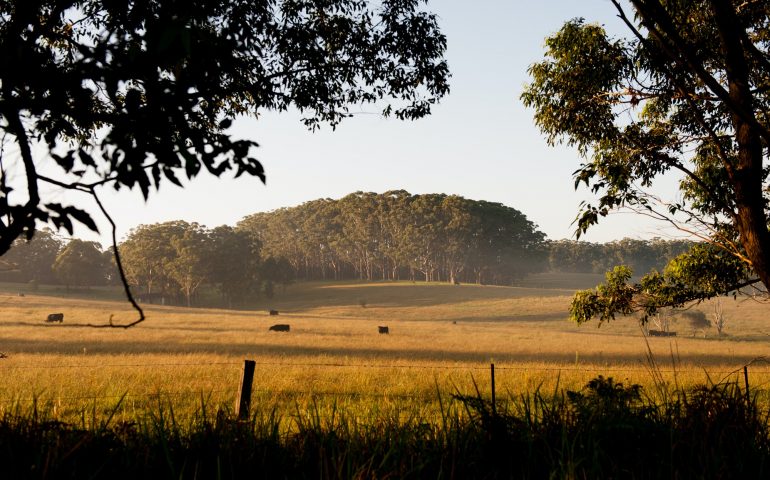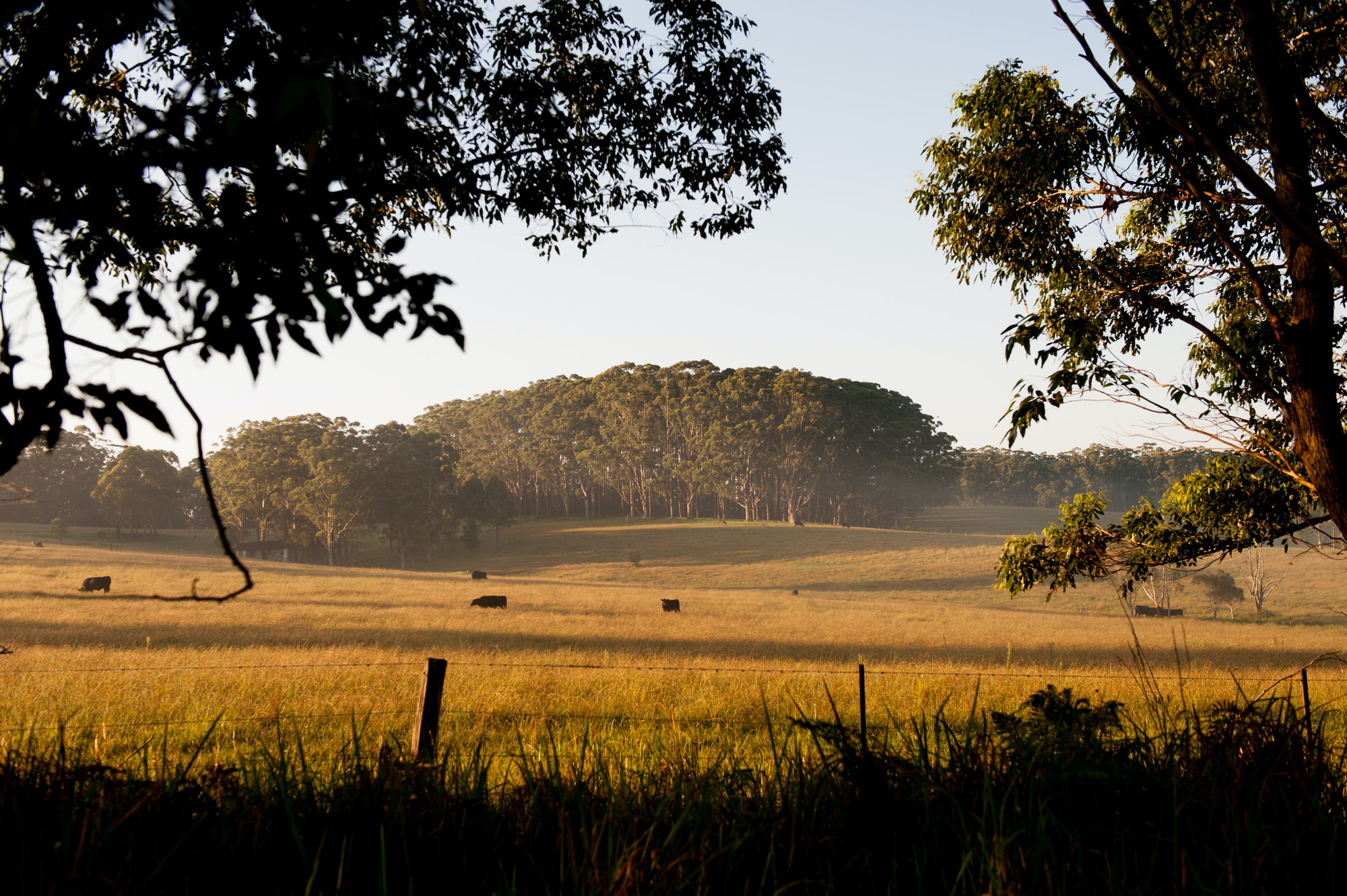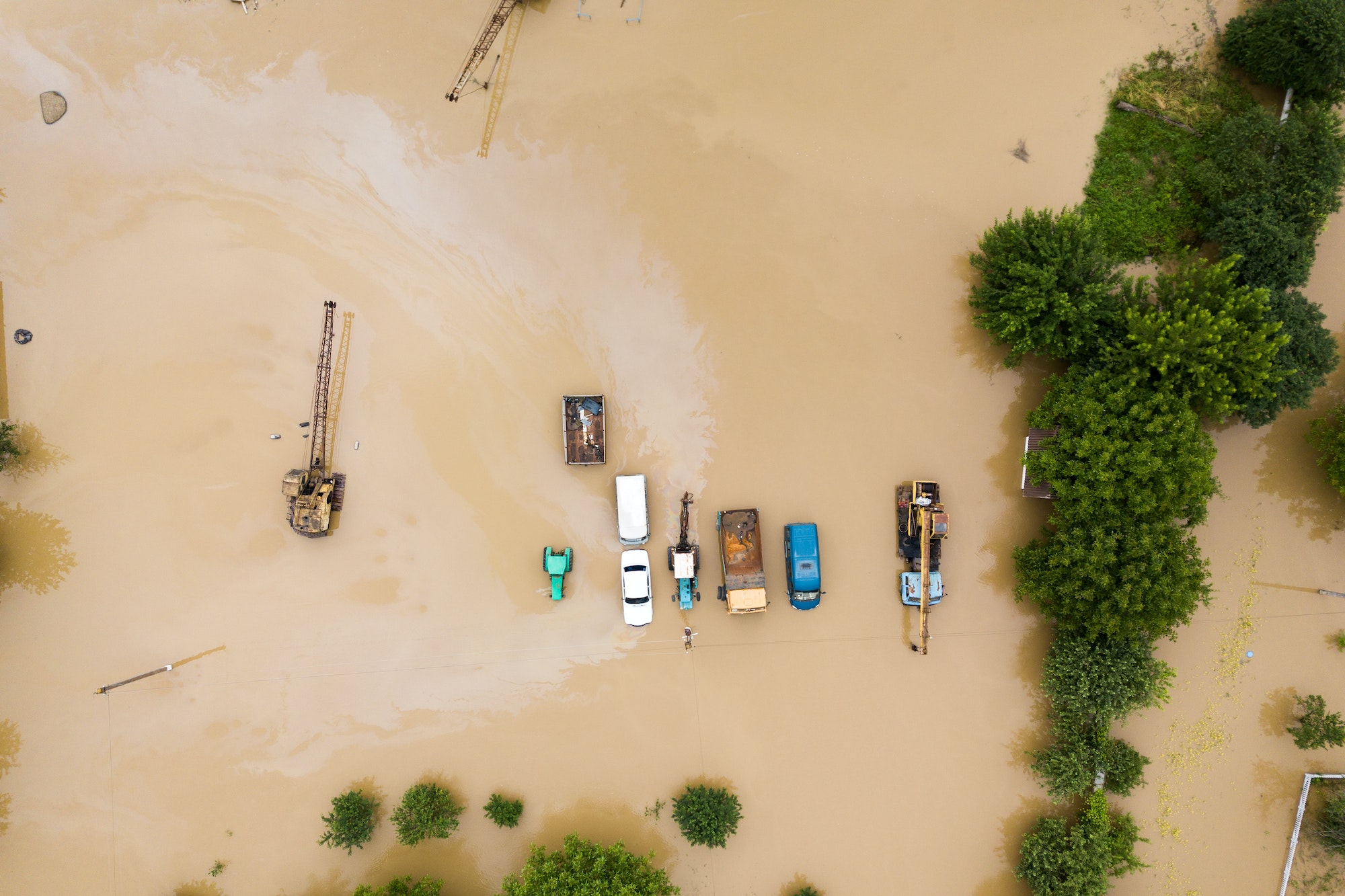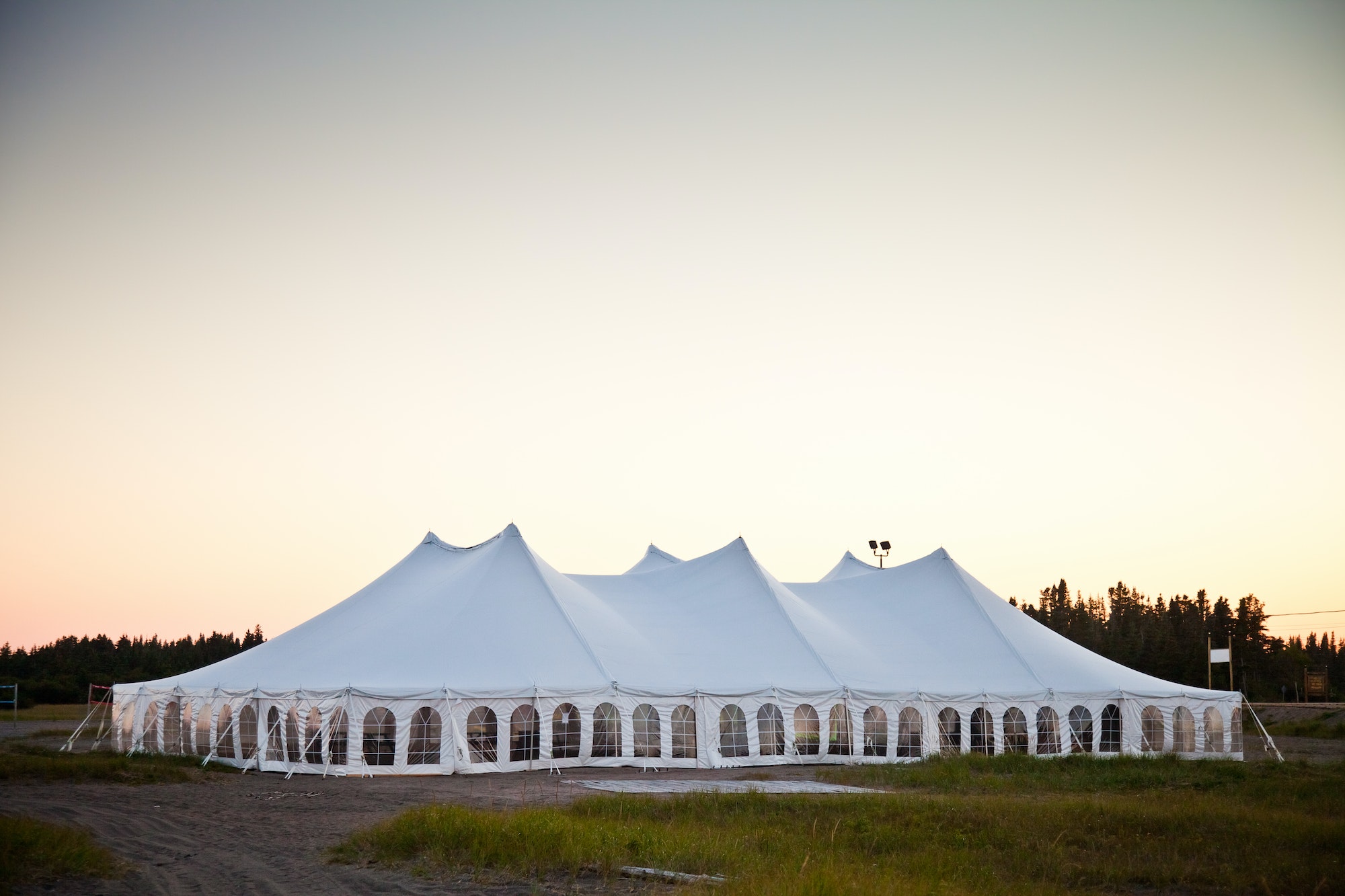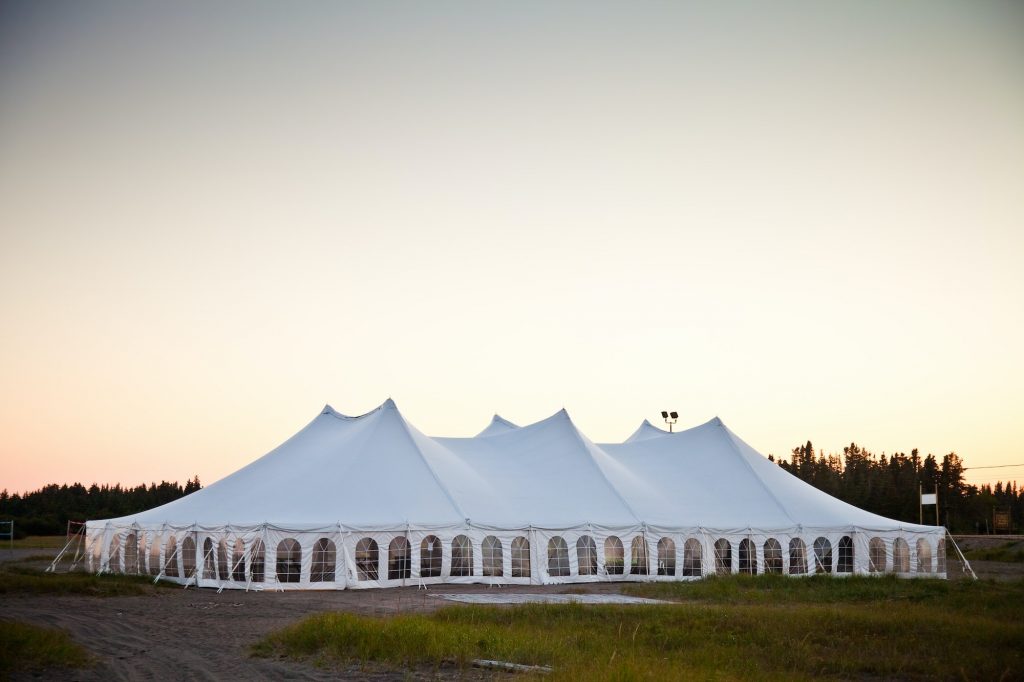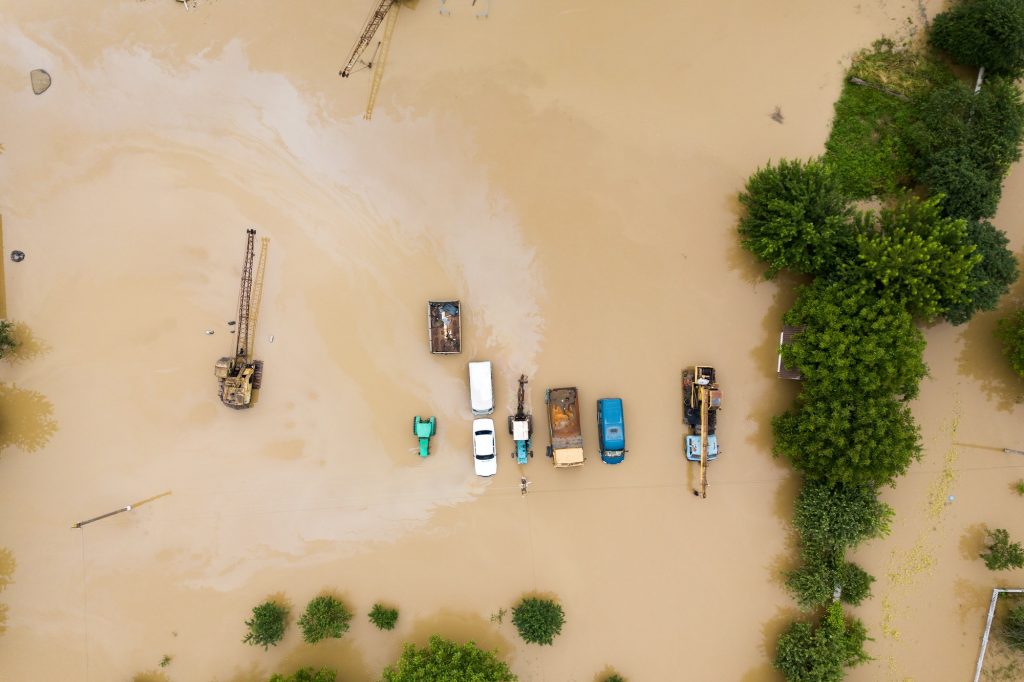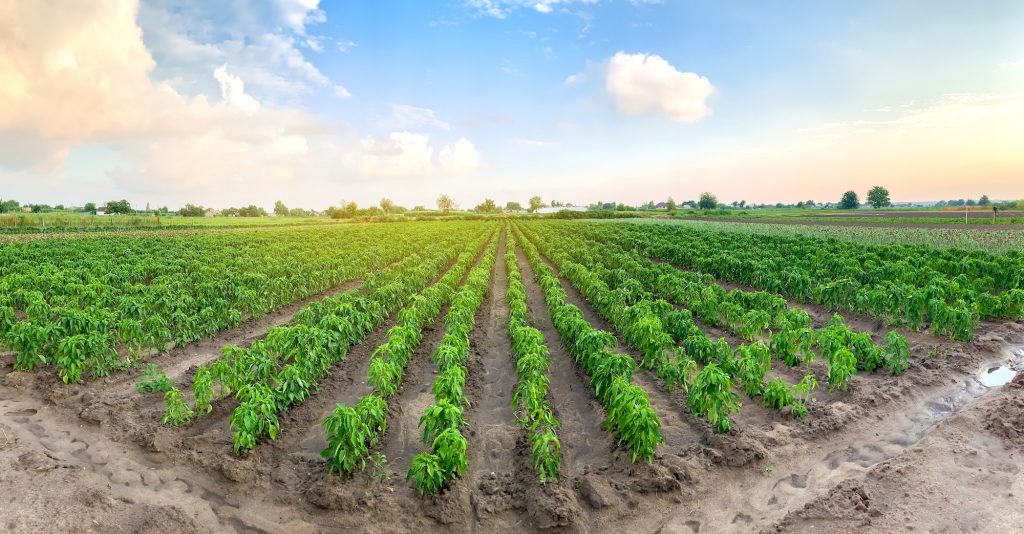In addressing the White Paper, Senator Macdonald states: (shortened for space limitations): The Australian beef cattle industry is known around the world for its high standards, and for its quality and expertise, and for its substantial contribution to our national and regional economies. Australia is the world’s seventh largest beef producer and third largest beef exporter. Our national cattle herd stands at over 29 million head and the annual value of Australian cattle and calf production (including live export) tips the scales at the $8 billion mark.
The cattle industry in Northern Australia is a major part of the industry with the Northern Australian beef herd comprising over 12 million cattle and, according to 2014 figures from CSIRO, contributing approximately 90 per cent of Australia’s live cattle exports. ABARES reported in 2013 that the 2010-11 gross value of agricultural production in the north had reached $5.2 billion, of which $3 billion was from cattle alone. These are truly fascinating figures that show the strength of the great industry that has been built by people like those in this room.
He also stated: … on June 18th 2015 the Coalition government fulfilled its election promise to produce a White Paper on the development of Northern Australia. The ‘Our North, Our Future: White Paper On Developing Northern Australia’ is a wide-ranging document that has renewed the focus on Northern Australian development by detailing the Government’s commitments to fostering economic and social growth across the north.
As one of the key national industries, and certainly one of the key economic pillars of the Northern Australian economy, beef cattle features significantly in the Northern White Paper. But there is a lot of good news in the White Paper not just for the Beef Industry but for the whole of Northern Australia. …. on the day the White Paper was released, I was appointed to Chair a new Government Committee to oversee the implementation of the commitments in the Northern White Paper. And it will be our role to monitor delivery of the commitments in the White Paper, ensure initiatives are being rolled out in a timely fashion, to seek the feedback of our constituents and to work pro-actively with Ministers and their Departments to ensure the best outcomes for the people of Northern Australia.
Both the Northern Australia White Paper, and the subsequently released Agricultural Competitiveness White Paper, were written with essential Australian primary producers in mind. These two pivotal policy documents show that the things that matter – good terms of trade, access to premium markets, biosecurity, water security, transport and communications – are the same things that matter to the Government.
The northern cattle industry is a stand out success story. However the industry is particularly exposed to the costs of moving cattle — the longest land transport distances of any Australian commodity. For example, cattle in the Northern Territory travel, on average, just under 1,000 km between farm and market, and sometimes as much as 2,500 km to abattoirs on the east coast. Such long distances raise costs — land transport costs that according to CSIRO comprise up to 35 per cent of the market price of livestock — and increase risks to production, with floods and seasonal road closures isolating producers from markets for extended periods of time. Key arterial roads are often subject to use restrictions and closures due to weather events which affect the movement of freight and people. Outmoded logistics, poorly designed or out dated regulations, or regulatory inconsistencies between jurisdictions, also add to costs.
New Road
To start addressing these issues, the Commonwealth Government has announced a new $100 million Beef Roads fund for Northern Australia. As part of this fund the Government, in close consultation with northern jurisdictions, local governments and transport and beef industry experts, will identify investment and reform priorities for the northern beef industry.
As well as the specific $100 million Beef Roads initiative, the beef cattle supply chain will benefit from:
- $600 million priority roads programme
- $8.5 billion on the Bruce Highway under the National Highway Program
- $500 million Black Spot Program over 5 years from 2014-15
- $200 million new Heavy Vehicle Program over 5 years from 2014-15; and
- $300 million Bridges Renewal Program
All of these programmes and projects will contribute to enhancing the total transport network that is available to beef suppliers. All of these improvements will help to get produce to market quicker and cheaper. And the Government will also be seeking co-investment on priority road projects from local and state governments and from the private sector.
Meat Processing
I should mention at this point that the Government is also very aware of the need to promote and encourage private sector investment in meat processing across the north. Easier access to the abattoir will alleviate some of the challenges associated with long-haul transport. And of course greater competition in the processing sector can mean better returns for producers.
… the Northern Development White Paper itself is a serious and in-depth document that doesn’t just make promises, it actually commits funding to a range of specific projects. There is $5 billion in concessional infrastructure loans available under the Northern Australia Infrastructure Fund. Under this fund Government will partner with northern jurisdictions, northern states and territories, and private sector partners.
Water Projects
Water projects in the North will receive $200 million in seed funding, the first $50 million of which has been earmarked for feasibility studies. This tranche of funding acknowledges that Northern Australia receives more rainfall, and has more run-off, than the rest of the country. It also acknowledges that capturing and managing these water resources is crucial to the development of Northern Australian agriculture and communities.
Kick-starting industry, agriculture, science and innovation in the north is also a priority and to help facilitate this $75 million has been committed to a Co-operative Research Centre or CRC. This CRC is currently in the planning stages and I expect that an Interim Chair will be appointed very soon to oversee the creation of this pivotal Northern Australian institution. And $40 million has been committed to upgrading Regional Aviation Access and to facilitate further Remote Airstrip Upgrades.
Blueprint for Change
Position Australia
We have an opportunity, right now, to position Australia as the high-quality, high-end producer of the world. Our proximity to Asia and the Tropical Zone – both of which are experiencing unprecedented growth – means that our future depends on our ability to carve out niche markets for ourselves as the size of the global middle class explodes in our neighbourhood.
… the Government is also committed to the development of Northern communities and will work with industry to promote trade and tourism across the north. The more people we have populating and moving through the north, the more infrastructure we will be able to build. The Outback Way is one such example of tourism driving infrastructure upgrades which will then benefit local industries as well.
I would like to say a few words about the Agricultural Competitiveness White Paper published on July 4th 2015, which sets out a program for investment in the competitive strengths of Australian agriculture. It presents a $4 billion package designed to create better returns at the farm gate and include
- Up to $250 million per year in drought concessional loans
- $200 million to improve bio-security surveillance.
- $50 million to boost pest and disease eradication.
- $100 million to extend the Rural R & D program to ensure farmers keep getting the benefit of innovation straight form the laboratory to the farm
- $35 million for local products and production infrastructure to create jobs in communities impacted by drought
- $29.9 million for farm insurance and risk management advice
- $22.8 million for case management for farmers in their third year of the Farm Household Allowance
- $20.4 million to streamline access to farm chemicals; and,
- $13.8 million to provide farmers with access to information that will help them establish new business models
You are the future of the national economy and I look forward to seeing you all prosper.
The full speech can be found at www.senatormacdonald.org

